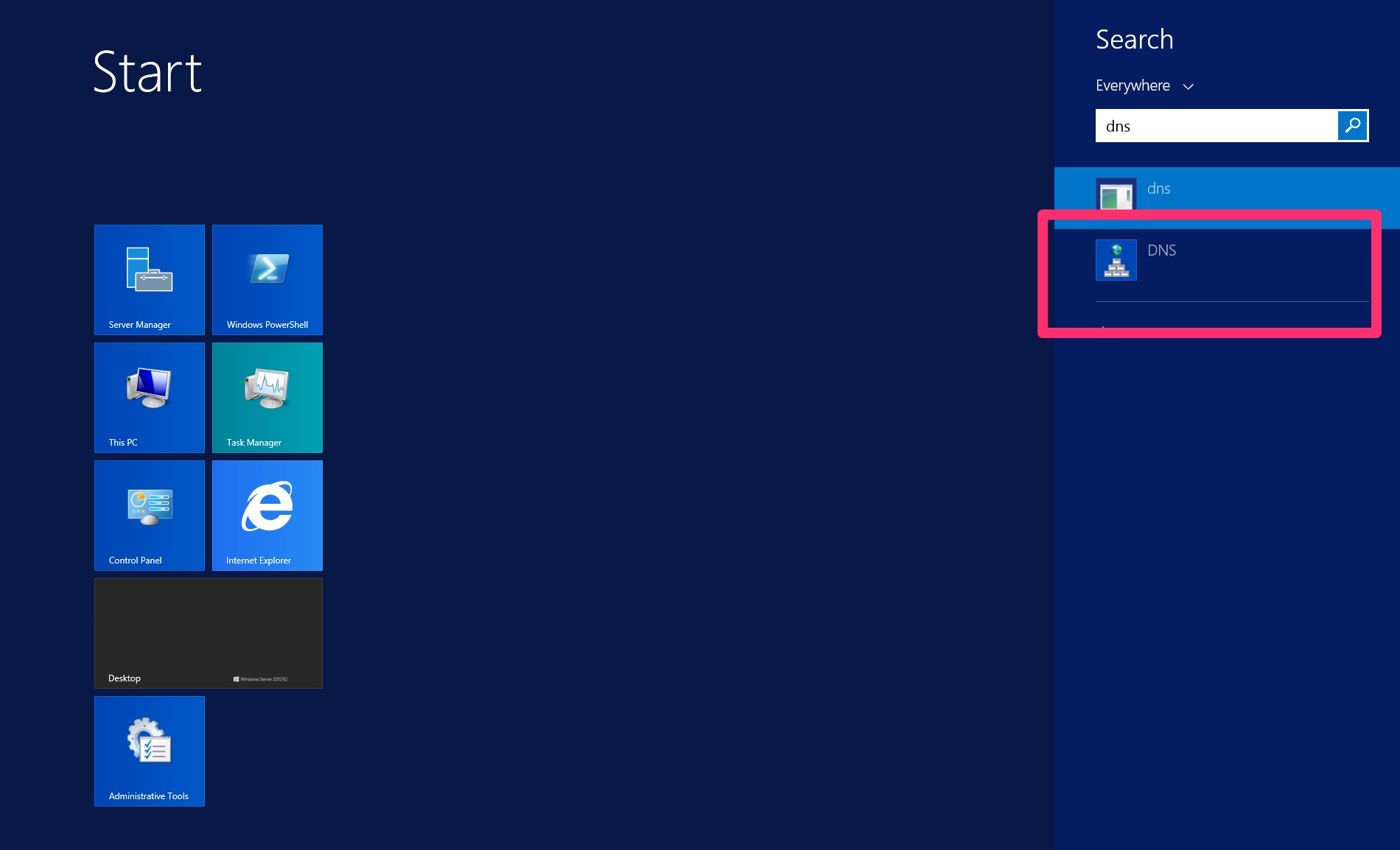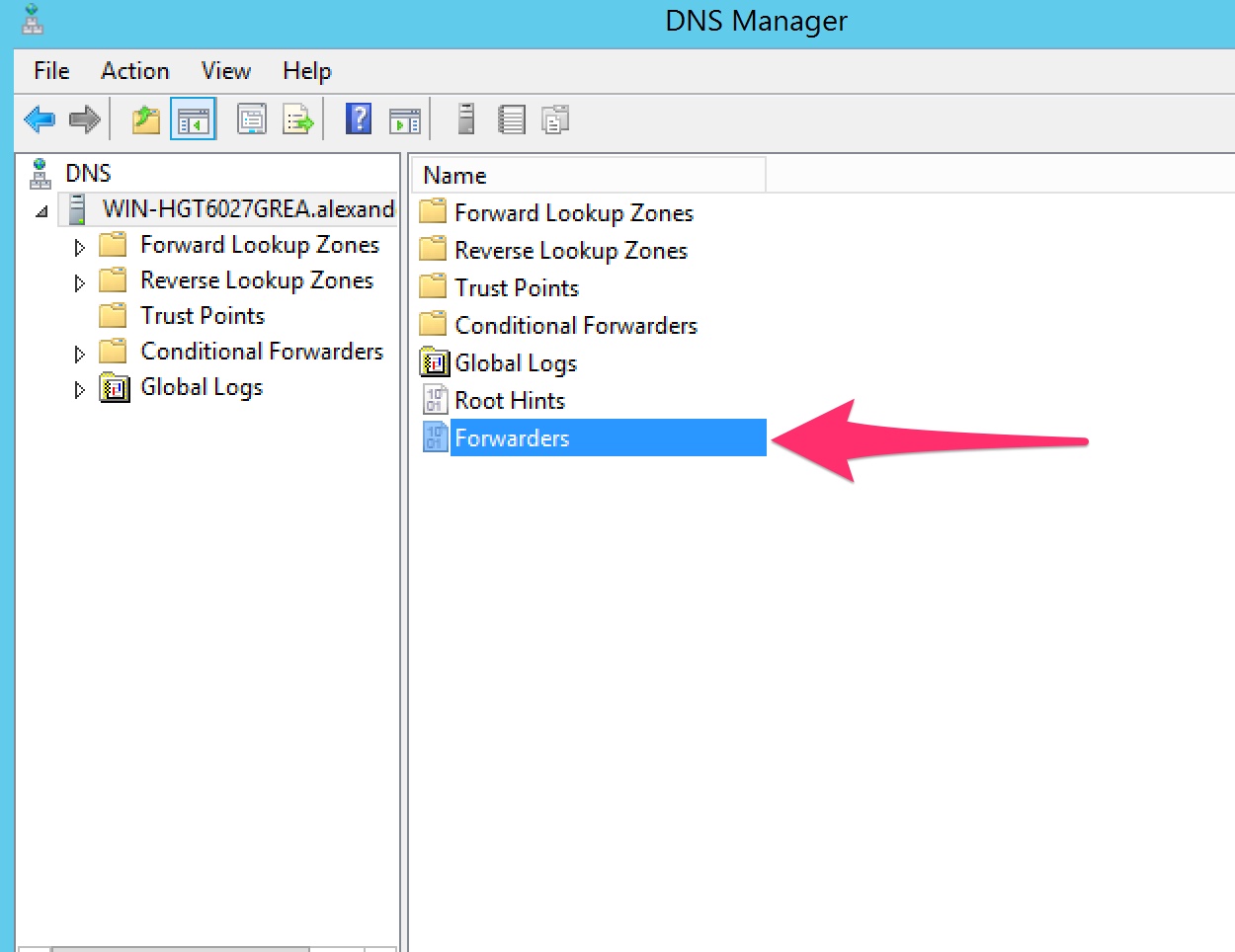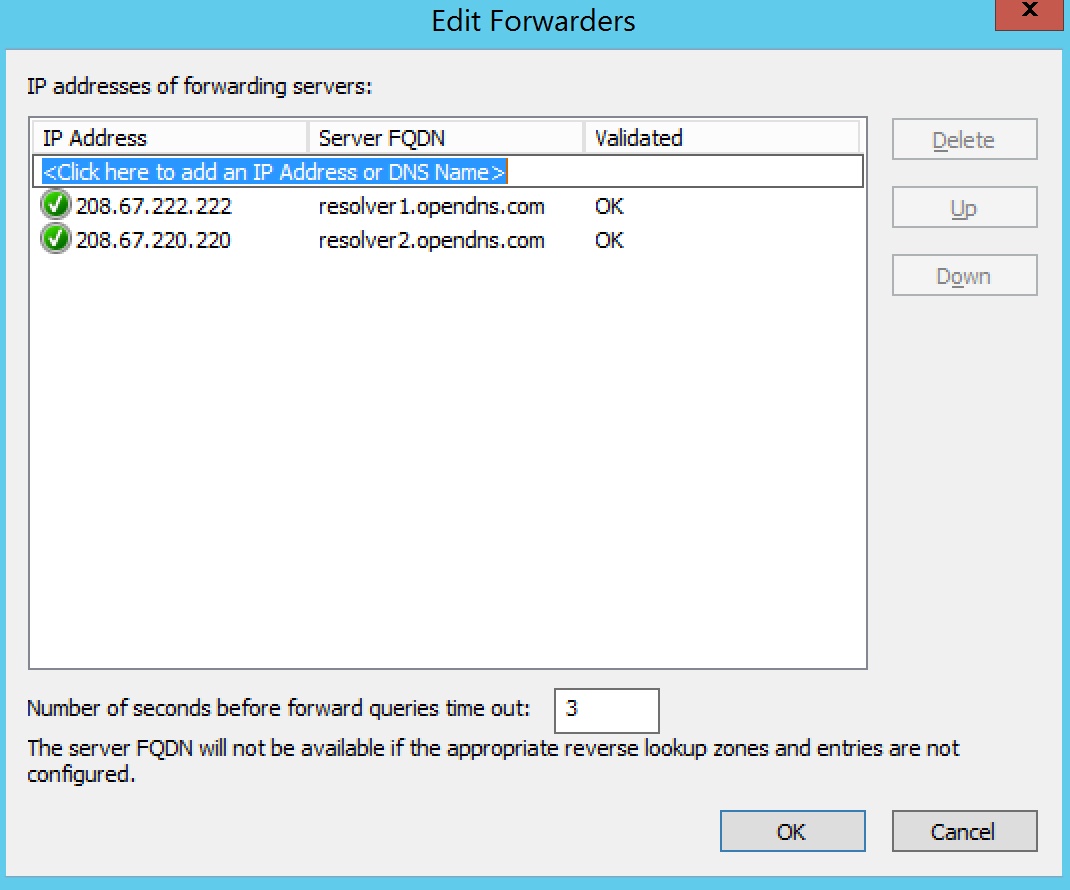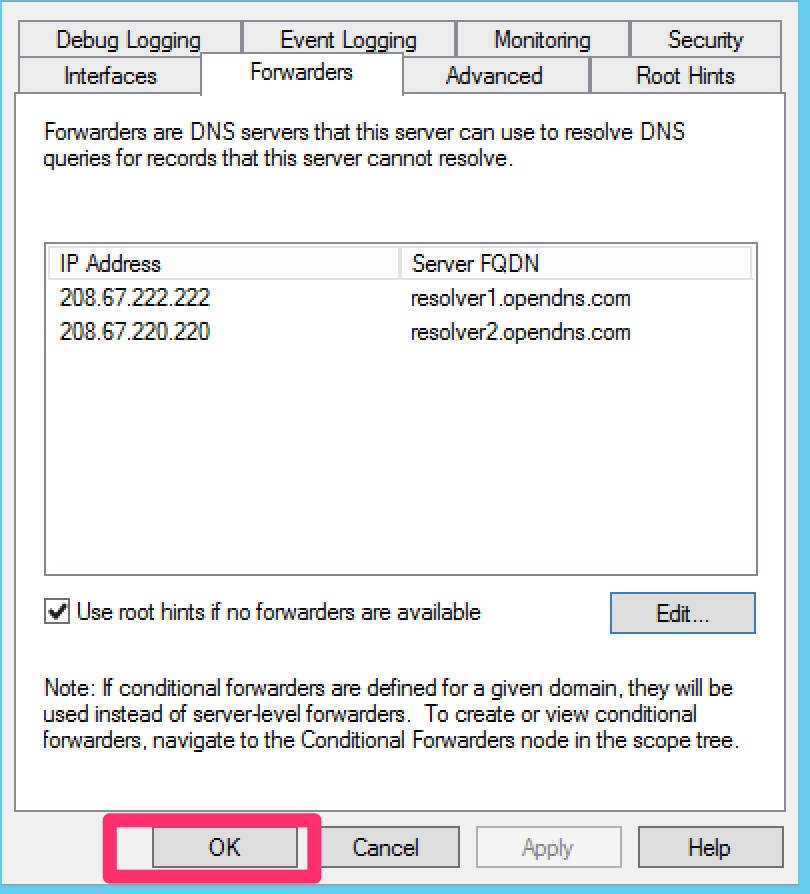SonicWall® Zero-Touch
Deployment Guide
March 2019
SonicWall network security appliances are Zero-Touch enabled. Zero-Touch makes
it easy to register your unit and add it to SonicWall Capture Security Center or
SonicWall GMS On-Premise for management and reporting. This document
describes the Zero-Touch deployment process.
Topics:
• Deploying with Zero-Touch (CSC Management)
• Deploying with Zero-Touch (GMS On-Premise)
Deploying with Zero-Touch (CSC Management)
1) Register:
• Point your browser to https://cloud.sonicwall.com and log into your MySonicWall account or create an
account.
• In Capture Security Center, click the mySonicWall tile to launch the MySonicWall Dashboard.
• Click the Add Product button to launch the QUICK REGISTER dialog and then type in the serial
number of your SonicWall appliance. Click Confirm.
You can find the serial number and authentication code on the shipping box or appliance label.
• In the REGISTER A PRODUCT dialog, fill in the Friendly name and Authentication code, and select the
Tenant Name. By default, all products are placed under SonicWall Products Tenant.
• Click Register.
2) Enable Zero-Touch and CSC Management and Reporting:
• MySonicWall recognizes your appliance model and displays the Zero Touch option. Enable Zero Touch
and then click Register again. A success message is displayed to indicate Zero-Touch readiness.
• In MySonicWall, navigate to Product Management > My Products, select the appliance, and click the Try
button to enable the license for CSC Management and Reporting (if not enabled already). A success
message displays.
3) Connect and Power On:
• For a wireless appliance, connect the antennas.
NOTE: The appliance must be able to obtain an IP address via DHCP from the WAN connection or ISP
modem. If you need to use a static IP address, refer to the Quick Start Guide for your appliance.
SonicWall Zero-Touch
Deployment Guide
2
• Connect the X1 interface to your WAN network.
• Power on the unit.
CSC Management automatically acquires the unit (it can take up to 30 minutes for initial acquisition). Once the
unit is acquired, you can begin management.
To view the status of your appliance:
• In MySonicWall, pull down the curtain for Capture Security Center.
• Using the same Tenant as you selected during registration, click the Management tile.
• Click the appliance serial number or friendly name under DEVICE MANAGER to display its status.
Getting the Latest Firmware for the Firewall
1 In Capture Security Center, click the mySonicWall tile.
2 Navigate to Resources & Support > My Downloads and select your product firmware from the Product
Type drop-down menu.
3 Click the link for the firmware you want and save the file to a location on your computer.
4 Pull down the curtain for Capture Security Center.
5 Using the same Tenant as you selected during registration, click the Management tile.
6 In DEVICE MANAGER, click on the appliance in the left pane.
7 In the center pane, go to the Register/Upgrades > Firmware Upgrade page.
8 Click the Choose File button to select the firmware you just downloaded, then click Upgrade from Local
File.
SonicWall Zero-Touch
Deployment Guide
3
Deploying with Zero-Touch (GMS On-Premise)
1) Register:
• Log into your MySonicWall account or create an account at www.mysonicwall.com.
• Click the Add Product button to launch the QUICK REGISTER dialog and then type in the serial
number of your SonicWall appliance. Click Confirm.
You can find the serial number and authentication code on the shipping box or appliance label.
• In the REGISTER A PRODUCT dialog, fill in the Friendly name and Authentication code, and select the
Tenant Name. By default, all products are placed under SonicWall Products Tenant.
• Click Register.
2) Enable Zero-Touch:
• MySonicWall recognizes your appliance model and displays the Zero Touch option. Enable Zero Touch.
• Select the desired GMS Public IP from the GMS Server Public IP/FQDN drop-down list. The ZeroTouch
Agent Public IP/FQDN field is populated with the associated IP address.
• Click Register.
3) Connect and Power On:
• For a wireless appliance, connect the antennas.
• Connect the X1 interface to your WAN network.
PREREQUISITE: GMS 8.7 or higher is required. Be sure that your GMS system is Zero-Touch enabled. Refer
to the knowledge base article at:
https://www.sonicwall.com/support/knowledge-base/?sol_id=190205183052590
IMPORTANT: Verify that both of these IP addresses are the same as those you configured during
the prerequisite process.
NOTE: The appliance must be able to obtain an IP address via DHCP from the WAN connection or ISP
modem. If you need to use a static IP address, refer to the Quick Start Guide for your appliance.
SonicWall Zero-Touch
Deployment Guide
4
• Power on the unit.
GMS automatically acquires the unit (it can take up to 30 minutes for initial acquisition). Once the unit is
acquired, you can begin management.
To view the status of your appliance:
• Log into GMS and navigate to the FIREWALL view.
• Click on the appliance in the left pane to display the status.
Getting the Latest Firmware for the Firewall
1 In a web browser, navigate to www.mysonicwall.com.
2 Navigate to Resources & Support > My Downloads and select your product firmware from the Product
Type drop-down menu.
3 Click the link for the firmware you want and save the file to a location on your computer.
4 In GMS, navigate to the FIREWALL view and click on the appliance in the left pane.
5 In the center pane, go to the Manage > Register/Upgrades > Firmware Upgrade page.
6 Click the Choose File button to select the firmware you just downloaded, then click Upgrade from Local
File.
SonicWall Zero-Touch
Deployment Guide
5
SonicWall Support
Technical support is available to customers who have purchased SonicWall products with a valid maintenance
contract and to customers who have trial versions.
The Support Portal provides self-help tools you can use to solve problems quickly and independently, 24 hours a
day, 365 days a year. To access the Support Portal, go to https://www.sonicwall.com/support.
The Support Portal enables you to:
• View knowledge base articles and technical documentation
• View video tutorials
• Access MySonicWall
• Learn about SonicWall professional services
• Review SonicWall Support services and warranty information
• Register for training and certification
• Request technical support or customer service
To contact SonicWall Support, visit https://www.sonicwall.com/support/contact-support.
Source:
https://www.sonicwall.com/support/technical-documentation/zero-touch-deployment-guide.pdf
 Note:
These instructions only work for Wi-Fi connections because iOS does not allow you to change the DNS servers when connected to cellular networks. Also, the changes are network specific, so you’ll need to change the DNS servers every time you connect to a new wireless network. The good news is that iOS remembers the settings, so you won’t have to repeat these changes whenever you reconnect to a known network.
Note:
These instructions only work for Wi-Fi connections because iOS does not allow you to change the DNS servers when connected to cellular networks. Also, the changes are network specific, so you’ll need to change the DNS servers every time you connect to a new wireless network. The good news is that iOS remembers the settings, so you won’t have to repeat these changes whenever you reconnect to a known network.
 symbol next to your wireless network, as shown below.
symbol next to your wireless network, as shown below.


 symbol.
symbol.






